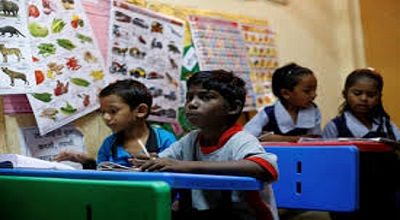Measure the Quality of Education
Measuring the quality of Education is a complex and challenging task, as it involves multiple dimensions, perspectives, and indicators. There is no single or universal measure of quality, but rather a variety of approaches. That can be used for different purposes and contexts. Some of the possible ways to measure the quality of education are:
Using standardized tests, such as PISA or SACMEQ, to assess the learning outcomes of students in key domains. Such as literacy, numeracy, science, and problem-solving. These tests can provide comparative and longitudinal data on the performance of education systems and subgroups of students. As well as insights into the factors that influence learning.
Alternative or complementary assessments, such as portfolios, and projects. Or self-reports, to capture the broader aspects of quality, such as values, attitudes, creativity, or social skills. These assessments can provide richer and more contextualized information on the learning processes. And experiences of students, as well as their strengths and interests.
More Read…
Quality indicators, such as learner characteristics, context, and enabling inputs. Teaching and learning, and outcomes, are monitored. And evaluate the different components and dimensions of education quality. These indicators can provide quantitative and qualitative data on the inputs, processes, and outputs of education. As well as the contextual factors that affect them.
Stakeholder feedback, such as surveys, interviews, or focus groups. To collect the opinions and perceptions of the various actors involved in education. Such as students, teachers, parents, administrators, or employers. This feedback can provide valuable information on the relevance, equity, and effectiveness of education. As well as the satisfaction and expectations of the stakeholders.
These are some of the ways that policymakers, educators, and researchers can measure the quality of education. Depending on their goals, resources, and contexts. Measuring the quality of education is not only a technical exercise but also a political and ethical one. As it involves making choices, setting standards, and allocating resources. Therefore, it is important to ensure that the measures of quality are valid, reliable, transparent, and participatory.
What are some Examples of Standardized Tests?
Some examples of standardized tests are:
- SAT: The Scholastic Assessment Test is a widely used college admission test. That measures the verbal, mathematical, and writing skills of high school students.
- TOEFL: The Test of English as a Foreign Language is a test that evaluates the English proficiency of non-native speakers who want to study or work in English-speaking countries.
- IELTS: The International English Language Testing System is another test. That assesses the English language skills of people who want to study, work, or migrate to English-speaking countries.
- ACT: The American College Testing is another college admission test that covers four subject areas: English, mathematics, reading, and science.
- GRE: The Graduate Record Examination is a test that is required for admission to many graduate programs in the U.S. and other countries. It measures the verbal, quantitative, and analytical writing skills of applicants.
- GMAT: The Graduate Management Admission Test is a test. That is used for admission to business schools and management programs. It evaluates the analytical, verbal, quantitative, and integrated reasoning skills of candidates.
Above, Measure the Quality of Education & some of the most popular standardized tests. That is used for academic purposes. There are also other standardized tests. They are used for professional certification. Such as the CPA, the NCLEX, the PRAXIS, and the USMLE.
